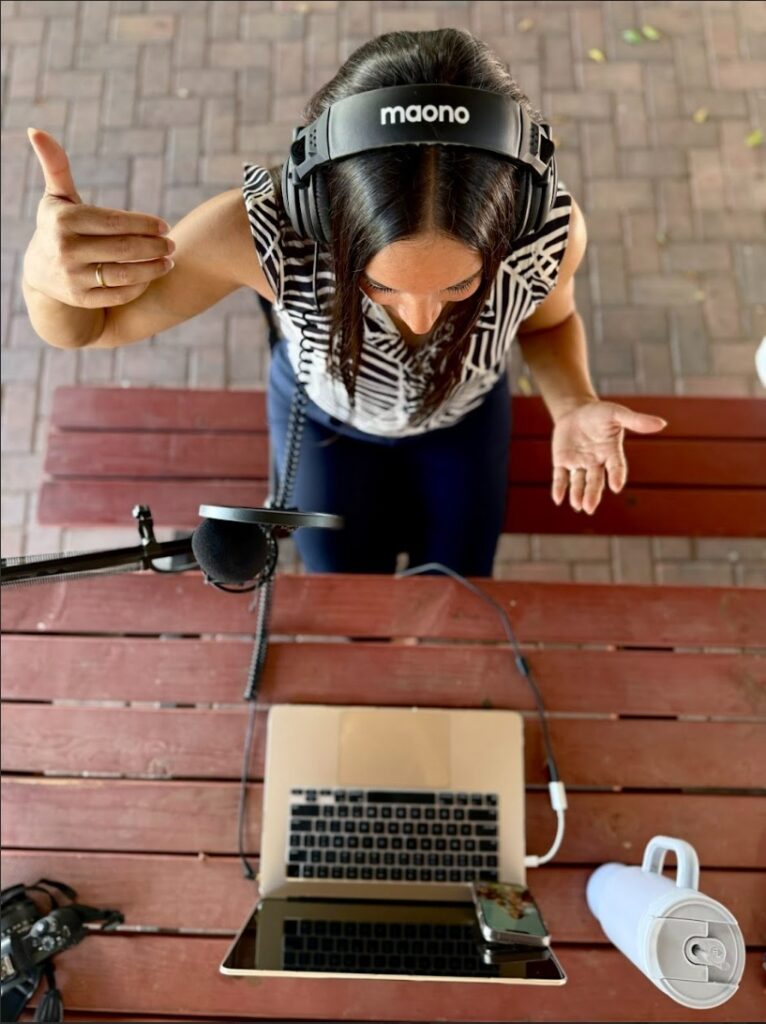How to Run a Successful Meeting
On top of managing your daily responsibilities, meetings are a necessary evil in everyday corporate life. I’ve never come across an employee that says “meetings” are their favorite part of the job. But in my opinion, bad meeting management, not the meeting itself, is the reason why employees don’t like meetings. Meeting facilitators must ensure that the meeting goes smoothly, is adequately interactive and the key objectives of the meeting are clear to all the relevant attendees. When these added responsibilities have not been managed adequately, the meeting is ineffective. The following are key points in facilitating a successful meeting:
#1: Define the Agenda
A well laid out plan and relevant key topics go a long way in deciding the fate of a successful meeting. The agenda defines discussion points, the target audience and the duration of the meeting. A well-formatted agenda, in short, crisp bullets, circulated at least a day or two in advance gives the attendees enough time to come to the meeting prepared. In the long run, it increases the effectiveness and directly affects the outcome of the meeting.
#2: Invite Appropriate Attendees
Once you create the meeting agenda, next you decide on who should be there. The secret to chair a successful meeting is to invite the right people to attend. One question or comment can be powerful enough to derail the entire momentum of the meeting. Therefore, you must be careful in choosing who to invite. The ground rule is only choosing folks who are relevant and have prior knowledge pertaining to the meeting agenda. There must also be an authoritative presence in the meeting who can aggregate the thoughts and perspectives and help to build up a logical decision-making process.
#3: Time Management
Another key aspect of conducting a successful meeting is time management. When running a meeting, you must be diligent in sticking to the starting and ending times as defined on the agenda. Not only that, but the chair should be equally careful about the duration of each topic and meeting as a whole. Typically the duration of a meeting should justify the purpose of it being held in the first place. For example, a daily status update should never exceed more than 15 minutes for a team of 10 while an Annual Budget Meeting can go up to 8 hours. The key is to make sure each second is necessary.
#4: Presentation
Another trick for success in conducting meetings is a well-designed presentation. An innovative presentation with objective data and informative visuals such as graphs and charts goes a long way. Preparing an informative presentation is not to cramp it with too much data. The art lies in giving as much data as relevant in the right places. I advise presenting short crisp points supported by relevant facts, figures, and sketches. Voila! You have the perfect recipe for an engaging discussion.
#5: Be Interactive
Being interactive is another great way to run a successful meeting. Nobody wants to sit and listen to one person speak for the entire meeting. Try to make the attendees active participants in the discussion by asking for their insights and experiences to achieve the desired goal. Ensure that there is ample time to answer any questions that may arise. Park the questions until the end, think about potential answers and ensure that the participants remain engaged.
#6: Take Notes
Take notes during every meeting. Practice by taking notes during meetings you attend and come up with your own way of marking important points, relating them to the various points of contention, and identifying gray areas and prepare to pose a question during the Q&A session. Taking notes not only helps to refer back the areas of discussion but also goes a long way in effective decision-making. It helps you weigh every consideration before being able to finally come to an objective decision. When facilitating your own meeting, assign someone in the group to take notes and to send them to the group.
#7: Follow Ups
Circulation of the notes or minutes of a meeting to everyone that attended and effective follow-ups is imperative. A perfect meeting loses almost all its effectiveness if the key takeaways and action steps are not circulated to all of the participants to follow through on them. A good practice would be to send out an email containing the meeting notes to all relevant attendees on the day of the meeting and create task requests on your task management tool for those responsible for bringing any open-ended topics to closure.
Conclusion
As an industry professional, I strongly believe in these practices. A little bit of planning and prepared, intentional delivery will help you in facilitating successful meetings at your workplace.




